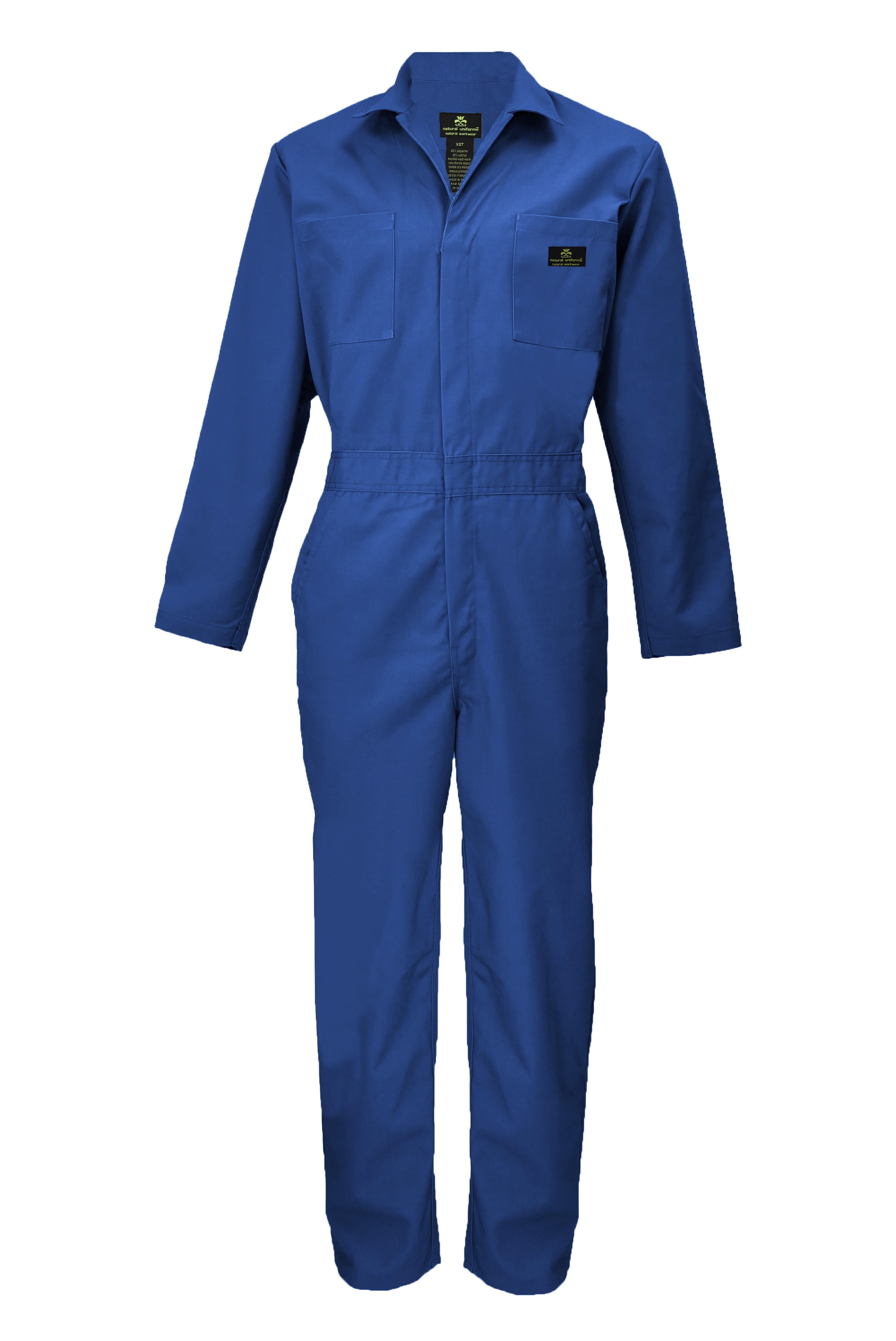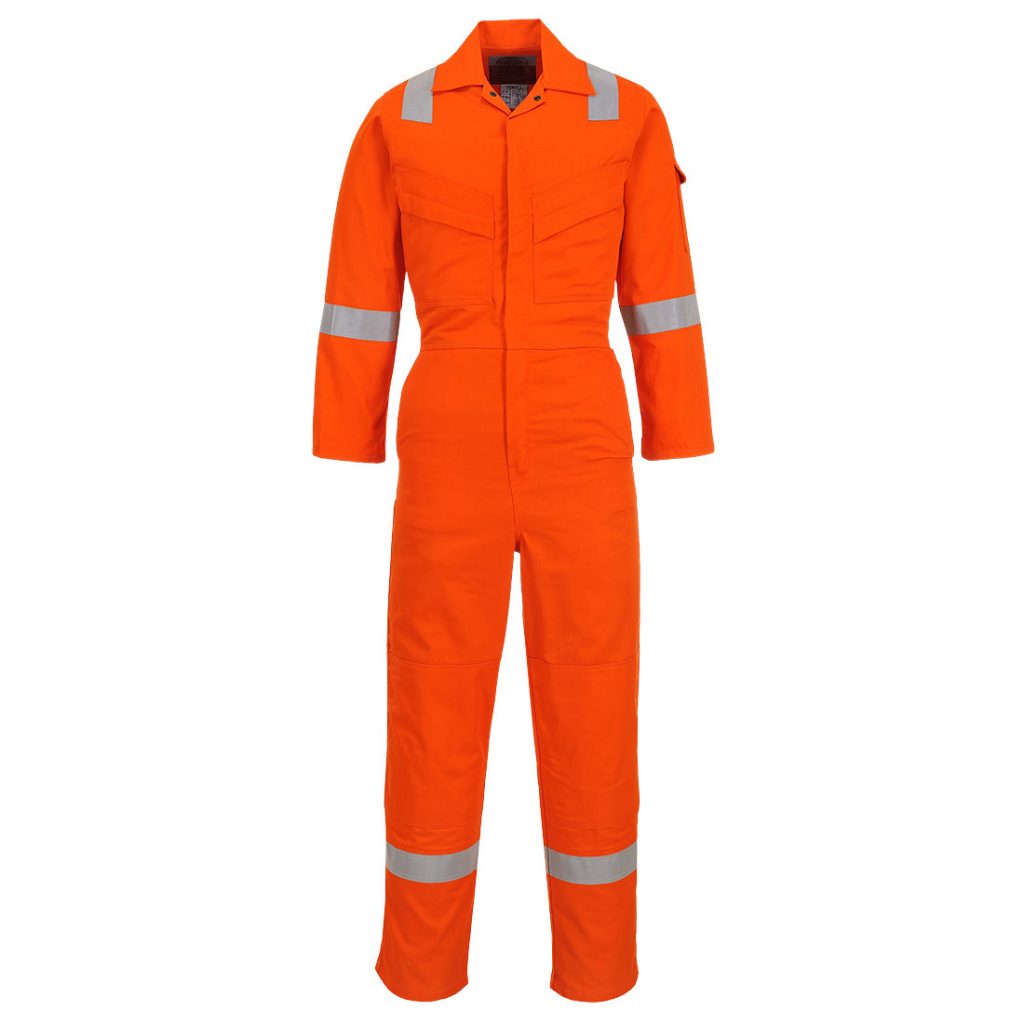Unveiling the Comfort and Versatility of Overall Cloth: A Comprehensive Guide
Overall Cloth is a robust and durable woven fabric primarily composed of cotton, denim, or a blend of cotton with synthetic fibers. Renowned for its resilience and strength, it was originally designed for workwear, particularly in crafting overalls, to withstand harsh conditions and heavy use. Despite its rugged nature, the fabric offers remarkable comfort, softening with wear to provide a snug fit and ease of movement. Over time, it has transcended its utilitarian origins, becoming a versatile material used not only in work garments across various industries but also in mainstream fashion, adapting to diverse styles and clothing items. Its enduring quality, comfort, and adaptability have established Overall Cloth as a timeless textile in both functional workwear and modern fashion.Characteristics of Overall Cloth
Characteristics of Overall Cloth.

Fashion evolves constantly, embracing new trends while sometimes revisiting classics. Among these enduring classics are overalls, a garment that has transcended generations, maintaining its appeal and functionality. A key element contributing to the timeless charm of overalls is the fabric used: Overall Cloth. This fabric holds a distinct place in the world of textiles due to its durability, comfort, and versatility. This comprehensive guide aims to delve into the intricacies of Overall Cloth, exploring its characteristics, history, production, and its widespread usage across various industries and fashion domains.
What is Overall Cloth?
Overall Cloth, a durable and sturdy material, finds its roots in workwear. It is a woven fabric typically made from cotton, denim, or a blend of cotton with synthetic fibers. Known for its rugged nature, it is crafted to withstand wear and tear, making it ideal for work garments, particularly overalls. The fabric's robustness and strength make it a popular choice for demanding environments, where resilience and long-lasting quality are imperative.
Characteristics of Overall Cloth
The defining characteristics of Overall Cloth set it apart in the realm of textiles:
- Durability: The fabric is renowned for its robustness and ability to endure harsh conditions. Its sturdy construction ensures that garments made from Overall Cloth remain intact even after prolonged use.
- Comfort: Despite its hardwearing nature, Overall Cloth doesn’t compromise on comfort. It softens with wear, providing a comfortable fit and ease of movement, making it a preferred choice not only for workwear but also in casual clothing.
- Versatility: While initially designed for work attire, Overall Cloth has transcended its original purpose. It has found its way into mainstream fashion, showcasing its adaptability and versatility in diverse styles and clothing items.
The History of Overall Cloth
The roots of Overall Cloth lie in the 1700s when it was primarily utilized for durable workwear, designed to withstand the rigors of manual labor. Over time, as industries expanded and fashion trends evolved, overalls made from this sturdy fabric became a symbol of functionality and practicality. The association of overalls with hard work and reliability ingrained Overall Cloth in the fabric of industrial societies.

The fabric's journey took a turn in the mid-20th century when it started to transcend its utilitarian origins, becoming a fashion statement among various subcultures. From the punk scene to the hip-hop culture, Overall Cloth found its way into streetwear, evolving into a symbol of rebellion and style.
Production Process
The production of Overall Cloth involves weaving natural or synthetic fibers to create a sturdy, balanced fabric. Cotton, due to its durability and breathability, is a common choice. The fabric undergoes a weaving process that varies based on the desired weight and texture. Various treatments like stone-washing or distressing might also be applied to achieve specific looks and textures.
Innovations in the textile industry have introduced sustainable practices in Overall Cloth production, including the use of organic cotton and eco-friendly dyeing methods, aligning with the growing demand for environmentally conscious fashion.
Usage Across Industries and Fashion Domains
The versatility of Overall Cloth extends beyond workwear and fashion. While it remains a staple in work garments for various industries such as construction, agriculture, and mechanics, it has also infiltrated high-street fashion and designer collections.
In contemporary fashion, Overall Cloth is not limited to traditional overalls. It is used in crafting jackets, skirts, dresses, and even accessories. The fabric's adaptability and unique texture have made it a favorite among designers seeking to infuse a rugged, authentic feel into their creations.
Benefits of Overall Cloth
Overall Cloth, known for its durability and versatility, offers a range of benefits across various applications:
- Durability: One of the primary benefits of Overall Cloth is its exceptional durability. It is crafted to withstand rigorous use, making it ideal for workwear in demanding industries such as construction, agriculture, and mechanics. Its robust construction ensures longevity, even in harsh conditions.
- Comfort: Despite its sturdy nature, Overall Cloth provides comfort. As the fabric softens with wear, it molds to the body, offering a comfortable fit and ease of movement. This characteristic is not only essential for work attire but also contributes to its usage in casual clothing.
- Versatility: The adaptability of Overall Cloth is a significant advantage. While originally designed for work overalls, this fabric has evolved to be used in a wide array of clothing beyond traditional workwear. It has found its way into fashion, being employed in crafting jackets, skirts, dresses, and various other clothing items, showcasing its versatility and ability to adapt to different styles.
- Resistance to Wear and Tear: The strong and tightly woven nature of Overall Cloth makes it highly resistant to wear and tear. This durability ensures that garments made from this fabric maintain their structure and integrity even after extended use, reducing the frequency of replacements.
- Fashion Versatility: The fabric's ability to adapt to fashion trends is noteworthy. Its unique texture and authentic feel have made it a favorite among designers, allowing them to infuse a rugged and classic vibe into their creations. Overall Cloth has become a symbol of rebellion and style in various fashion subcultures.
- Environmental Adaptability: With the growing consciousness about sustainable fashion, Overall Cloth can also adapt to eco-friendly production methods. This includes the use of organic cotton and environmentally friendly dyeing processes, aligning with the demand for more environmentally conscious textiles.
- Ease of Maintenance: Overall Cloth often requires minimal maintenance. It can endure frequent washing without losing its integrity, making it a practical choice for garments that are subject to regular use.

Environmental Impact on Overall Cloth
The environmental impact of Overall Cloth, like any other fabric, is a complex issue influenced by various factors throughout its lifecycle, from raw material production to manufacturing, usage, and disposal. Here's a breakdown of the environmental impact at different stages:
- Raw Material Production: The primary raw material used in Overall Cloth is typically cotton, denim, or a blend of cotton with synthetic fibers. The production of conventional cotton often involves the heavy use of pesticides, water, and land, impacting soil health and local ecosystems. However, there's a growing shift towards organic and sustainable cotton farming, reducing chemical use and promoting biodiversity. Furthermore, the cultivation of cotton can be water-intensive, necessitating the responsible use of water resources.
- Manufacturing Process: The manufacturing of Overall Cloth involves weaving and processing the fabric. This stage can involve significant energy consumption, water usage, and chemical inputs, especially in dyeing and finishing processes. Harmful chemicals, if not properly managed, can have adverse effects on the environment, such as water pollution.
- Usage and Longevity: Overall Cloth is known for its durability, which can positively impact the environment. Garments made from Overall Cloth tend to last longer, reducing the frequency of replacements and lessening the overall environmental footprint associated with constant production and disposal.
- Disposal and End-of-Life: The end-of-life phase of Overall Cloth involves disposal or recycling. If garments made from Overall Cloth end up in landfills, they contribute to textile waste, which is a significant environmental issue. Recycling programs or upcycling initiatives can mitigate this impact by reusing the fabric, reducing waste, and extending its life cycle.
To mitigate the environmental impact of Overall Cloth, several strategies can be employed:
- Sustainable Sourcing: Opting for organic or sustainably sourced cotton reduces the environmental impact at the raw material stage.
- Eco-friendly Manufacturing Practices: Implementing water and energy-saving measures, as well as using eco-friendly dyes and reducing chemical usage, can minimize the environmental impact during production.
- Extended Use and Recycling: Promoting a circular fashion economy by encouraging consumers to use garments made from Overall Cloth for as long as possible and supporting recycling and upcycling initiatives can reduce waste and conserve resources.
- Consumer Education: Raising awareness about the environmental impact of textiles, encouraging responsible consumption, and providing guidance on proper care to extend the lifespan of Overall Cloth garments can contribute to reducing the overall impact on the environment.

Frequently Asked Questions (FAQ)
What is overall clothes?
Overall clothes refer to a type of garment usually consisting of a bib front attached to straps that loop over the shoulders, creating a sleeveless top, and trousers or shorts that typically fasten with buttons on the sides. They are commonly made from a sturdy fabric like denim or cotton and were initially designed as workwear for their durability and functionality.
What is the difference between jumpsuit and overall?
The main difference between jumpsuits and overalls lies in their design and purpose. Overalls, often referred to as bib overalls or dungarees, typically have a bib front and straps that loop over the shoulders, with trousers or shorts attached, primarily designed as workwear. Jumpsuits, on the other hand, are one-piece garments that incorporate a top and trousers in a single piece, often with sleeves and without the characteristic bib front. Jumpsuits are more diverse in their styles and can be casual or formal, while overalls are more utilitarian in their origin.
What's the difference between dungarees and overalls?
Dungarees and overalls are terms that are sometimes used interchangeably, but they do have some distinctions. Overalls generally refer to a one-piece garment with a bib front and attached trousers or shorts, typically associated with workwear. Dungarees, on the other hand, historically referred to garments made from a thick, coarse Indian cotton fabric, but the term has evolved to denote casual trousers or overalls, particularly those made from denim.
What is the meaning of overall suit?
The term "overall suit" is not commonly used in the fashion lexicon. However, it might refer to a more formal or styled version of overalls, combining the typical features of overalls (a bib front with attached trousers or shorts) with a design or materials that make it more suitable for formal or fashionable wear, possibly in a coordinated set or suit-like ensemble. This could represent a tailored or stylized version of the classic workwear overall, adapted for a more fashionable or dressy appearance.
Overall Cloth stands as a testament to the enduring appeal of classic textiles. Its robust nature, coupled with comfort and versatility, has ensured its continuous presence in both workwear and high fashion. From its origins in durable work garments to its evolution into a fashion statement, Overall Cloth remains a beloved fabric, appreciated for its reliability and adaptability. As the fashion industry continues to evolve, Overall Cloth retains its significance, embodying the perfect amalgamation of resilience, comfort, and style.



